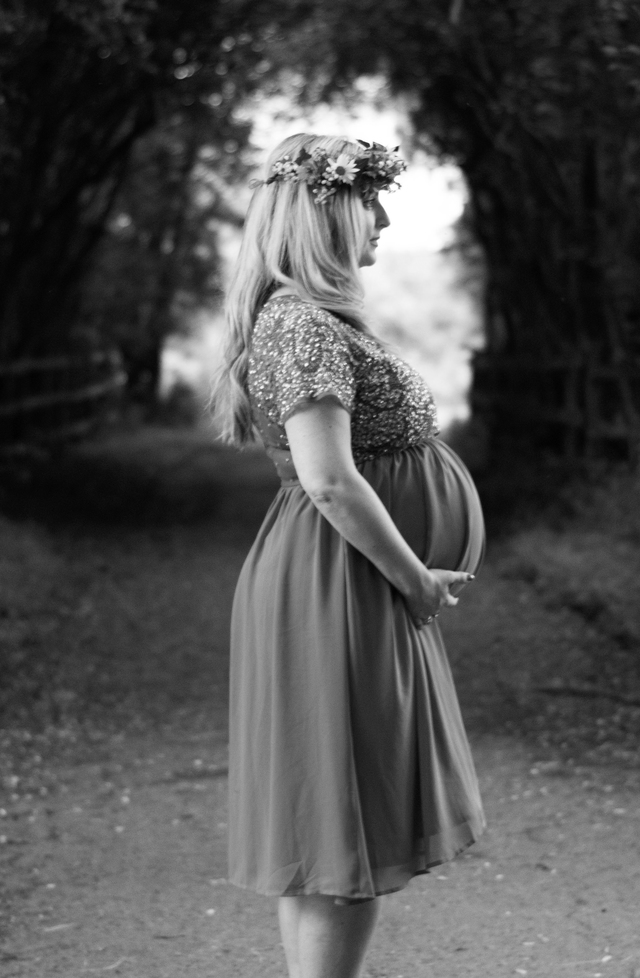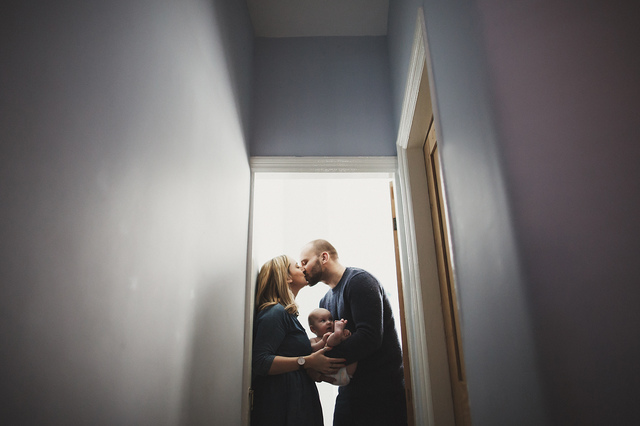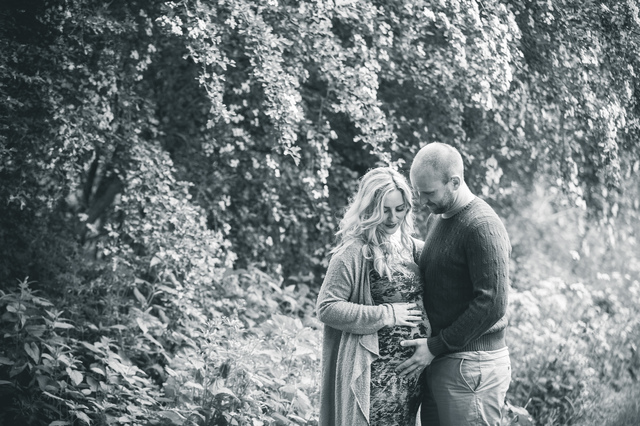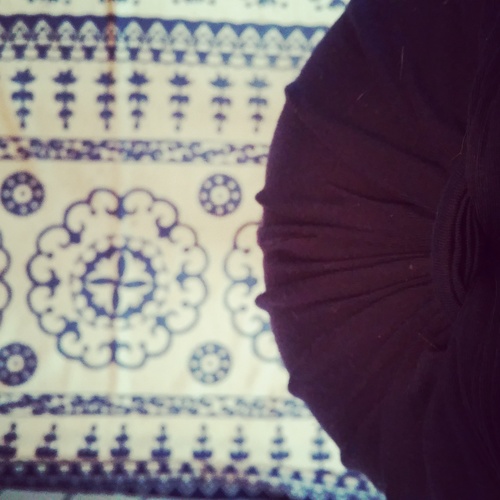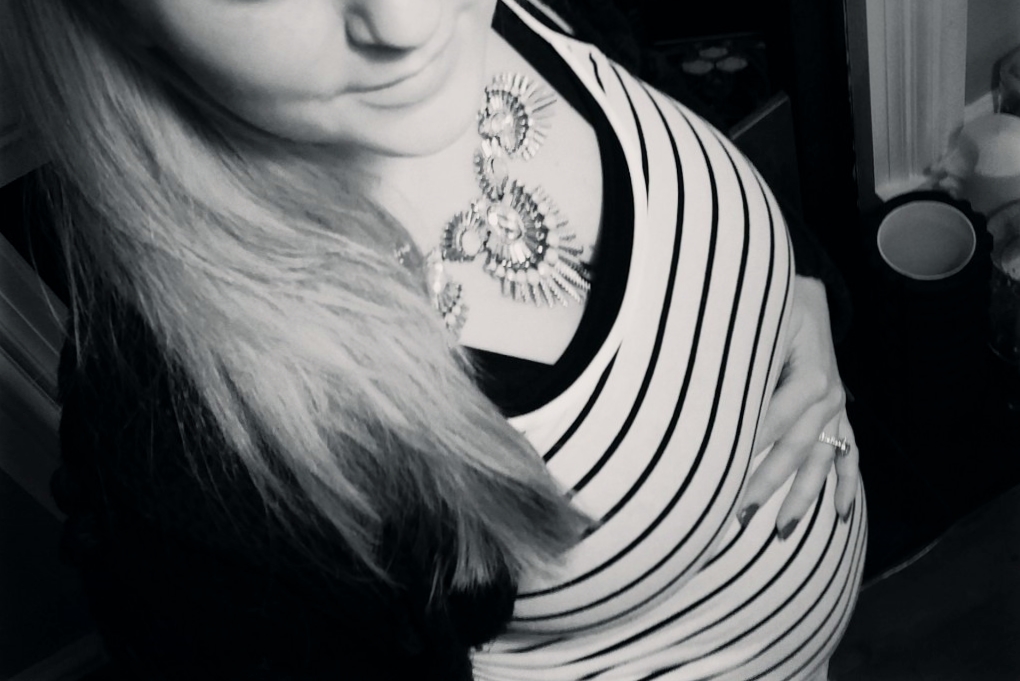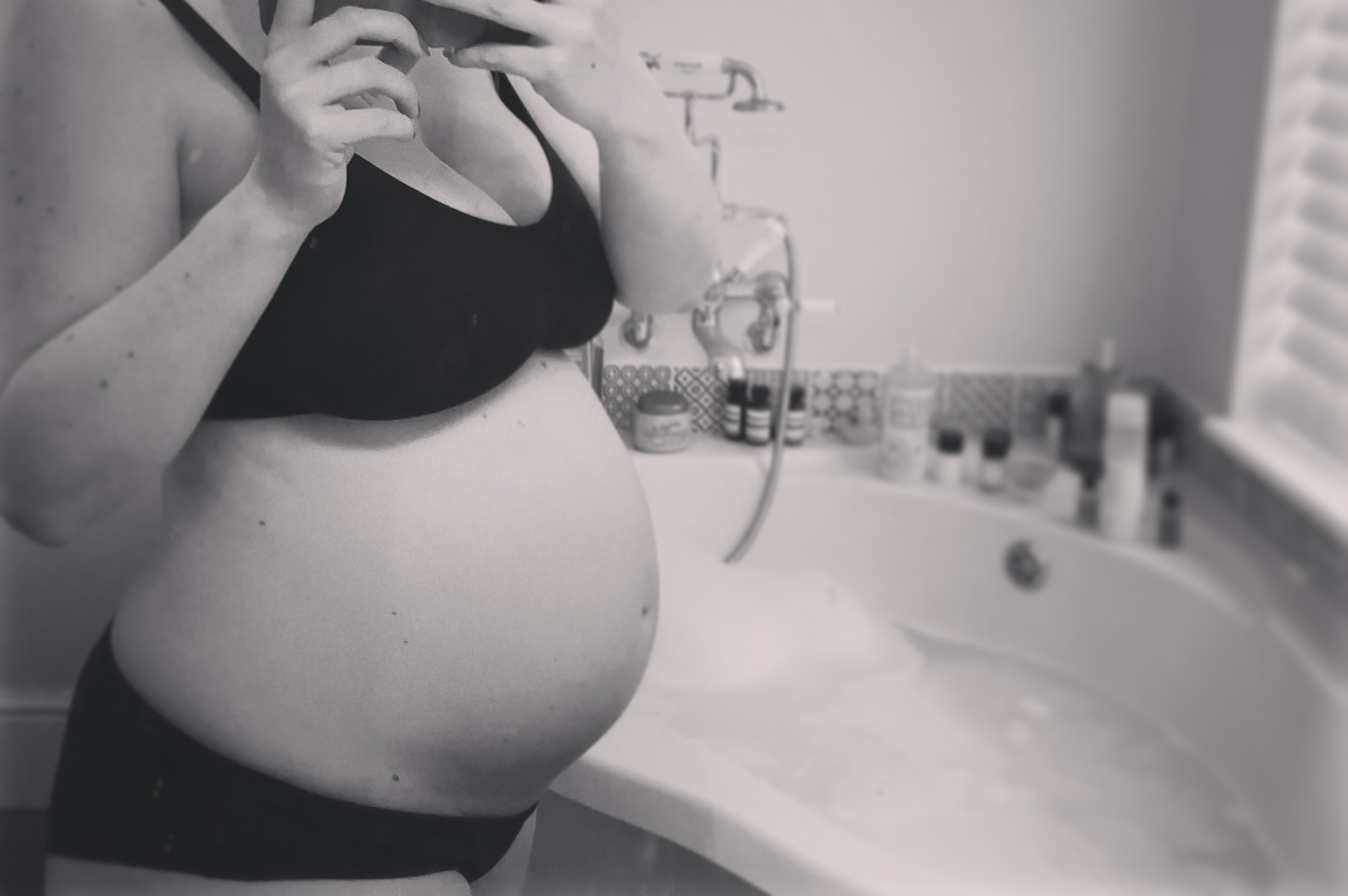Second and Third Trimester Antenatal Appointments
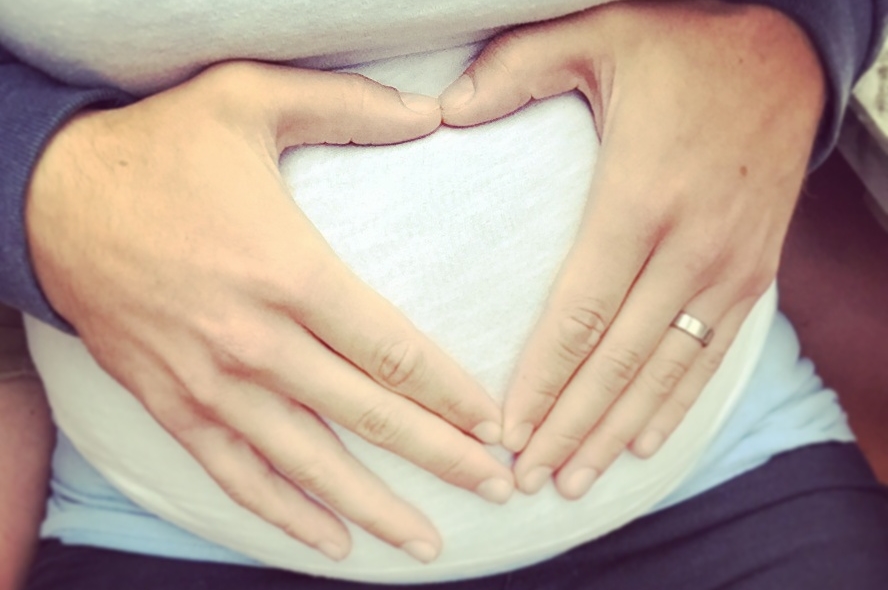
I remember when I was pregnant, there didn’t feel like there were many mummy blogs out there that offered insight to how the whole process worked, including the antenatal appointments. So I’ve been reflecting back on my pregnancy and have already shared my initial appointments and scans which usually takes you up to about week 20 of your pregnancy. But thought I’d share details of the rest of the antenatal appointments we had at weeks 25 and then into the third trimester of pregnancy…
Once you’ve had your initial antenatal appointments and the excitement of the 20-week scan, it seems a while until you get to meet your baby again. In fact, in the UK, most couples’ next appointment with the midwife or GP will be at 25 weeks pregnant…
Antenatal Appointments
25 Weeks
This appointment isn’t quite as exciting as the scans, but does give you the opportunity to listen to the heartbeat of your baby, which we were extremely excited about. The midwife will also take a pee sample and your blood pressure and ask how you are getting on with the pregnancy. It is your time to ask any questions or express any concerns you might have at this stage. You’ll also be advised to book onto antenatal classes and a tour of the hospital or birthing centre (if you are not having a home birth) around this time. Aside from that, there’s not much else to the 25 week appointment and you should be in and out in 20 minutes or so, if you have a low-risk pregnancy.
Third Trimester – 28 Weeks
Your next appointment is 3 weeks later at 28 weeks pregnant. Once you reach the third trimester, you’ll have more frequent antenatal appointments (particularly if it’s your first pregnancy), to monitor your bump’s growth and listen in to your baby’s heartbeat. These appointments may be with your midwife (like mine) or your obstetrician, depending on the care you’ve been receiving and whether your pregnancy is deemed “low risk” or not.
This was personally exciting for me, as it was the first time the midwife officially measured my bump. At this appointment you’ll give a pee sample again and have your blood pressure measured, but you’ll also be asked to give a sample of blood for testing. This is to test things like your iron levels. You’ll then be asked to lie down and the midwife will use a measuring tape to measure the size of your bump. They measure from the top of your pubic bone, to the top of your uterus (which is just above your belly button usually) and can then indicate if your bump is average or on the little or large size.
The midwife will then have a little feel around your tummy to see if she can ascertain the position of your baby. This doesn’t hurt as they don’t use too much pressure. Ours was head down on the left and legs up by my ribs (which I had suspected anyway). Again, it’s a time to ask questions and advice. This appointment is about 20 minutes too and your next one will be around the 31 weeks pregnant mark.
After your 28 week antenatal appointment, you’ll be likely to have an appointment at 31, 34, 36, 38, 40 and 41 weeks’ pregnant (if you get that far).
These appointments usually only last about 20 minutes and this is usually what happens:
- your midwife will take and test a urine sample (to see there’s no sign of increased protein or infection)
- your blood-pressure will be checked
- they may take a blood sample (this usually happens at around 31 weeks) just to keep an eye on your iron levels etc.
- you will be asked how you feel, if you’ve had any swelling or reasons for concern
- you will be asked how frequently your baby is moving (and told to notify them if this changes)
- your midwife will measure the size of your bump, lying on your back, with a tape measure (this measurement is taken from the top of the uterus (quite high up your bump by this stage) down to the mid point of your pubic bone
- this measurement is only a rough indication, but will be tracked on your growth chart in your notes, to make sure everything seems about on track
- your midwife will have a feel of your bump to determine the position of your baby (in the latter stages of the final trimester, you’ll want your baby to be head down…but bear in mind, they do often wriggle around, right until the last couple of weeks!)
- your midwife will listen in to your baby’s heartbeat using a doppler and some gel on your bump (this is the magical moment that never gets dull)
What else?
During these antenatal appointments, your midwife will start to address your labour and offer you advice on how to recognise the onset of labour, when to go into the hospital or birthing centre and techniques for managing the pain. They will also obviously discuss information relative to your birth specifically – perhaps induction, cesarean section etc.
You will also be asked if you have been informed about breast-feeding in your antenatal or NCT classes and may be given some additional information or advice to take away with you.
At 38 weeks, when you are “full-term”, your midwife or obstetrician is likely to discuss the plan-of-action if you are to go over your due date. Whether it is safe and you’re happy to wait until 42 weeks, whether an induction or a “sweep” might be necessary (a sweep is when the opening of the cervix is stimulate by the midwife to encourage your body to go into labour) or whether there is any reason for a c-section. They will offer you advice on the best solution for you and it is important to not feel pressured into anything you don’t feel comfortable with. This is also the time when they may decide to monitor your baby for an hour or two, to make sure everything is on track.
So that’s a brief summary of your third trimester antenatal appointments and what you can likely expect. However every pregnancy and birth is different, so your appointments may differ slightly from what is said above.




